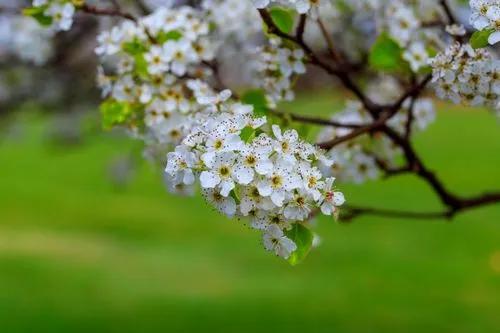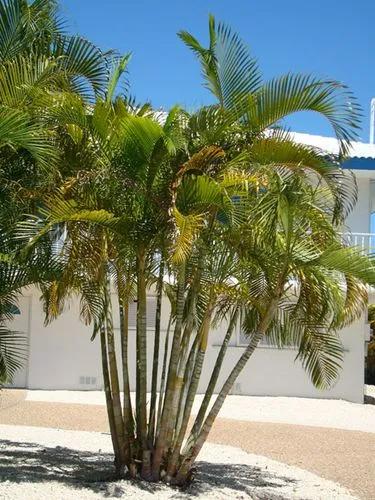Quercus stellata, the post oak or iron oak, is a North American species of oak in the white oak section. It is a slow-growing oak that lives in dry areas on the edges of fields, tops of ridges also grows in poor soils, and is resistant to rot, fire, and drought. Interbreeding occurs among white oaks, thus many hybrid species combinations occur.
Post Oak Care
Quercus Stellata



Quercus stellata, commonly called post oak, is a medium-sized deciduous oak of the white oak group that typically grows 35-50’ tall with a rounded crown. It is called post oak because its durable wood has been used for fence posts. It is commonly found on lower mountain slopes and coastal plains in the southeastern and southcentral U.S. In Missouri, it typically occurs in dry soils on rocky upland slopes, woods and glades or in moist soils along streams (Steyermark). Insignificant yellowish-green flowers in separate male and female catkins appear in spring as the leaves emerge. Fruits are oval acorns (to 3/4” long), with bowl-shaped cups extending 1/3 to 1/2 the acorn length. Acorns are an important source of food for wildlife. Rough, often leathery, dark green leaves (4-8” long) with 3-5 rounded lobes have a cruciform appearance due to large wide-spreading central lobes. Fall color is variable, ranging from uninteresting to quality shades of yellow and brown.
How to Care for the Plant

Popularity

601 people already have this plant 26 people have added this plant to their wishlists
Discover more plants with the list below
Popular articles






